Mount Siguniang Scenic Area is located in Siguniangshan Town, Xiaojin County, Aba Tibetan and Qiang Autonomous Prefecture, Sichuan Province. Composed of Mount Siguniang, Shuangqiao Valley, Changping Valley, Haizi Valley and other parts, it is a national-level scenic spot, a national nature reserve, and a national 5A-level tourist attraction, covering a total area of 591 square kilometers. Famous for its towering and majestic landscape, Mount Siguniang consists of four continuous snow-capped peaks, resembling four young women wearing white veils. Among them, Yaomei Peak (the 4th Peak) stands at an altitude of 6,250 meters, making it the second-highest peak in Sichuan Province. The scenic area also boasts 52 snow-capped peaks above 5,000 meters, well-developed modern glaciers, and a rich variety of natural landscapes such as primeval forests, streaming waterfalls, and alpine meadows. It is known as the "Queen of Shu Mountains" and the "Oriental Alps".
History and Culture
The Mount Siguniang area has a long history. Archaeological findings show that humans have been active here as early as the Neolithic Age. It is a settlement of the Jiarong Tibetans, who have a profound cultural heritage. Tibetan Buddhism has spread widely here, forming unique folk customs. Legend has it that Mount Siguniang was formed by four beautiful and kind-hearted girls who turned into mountains after fighting against demons to protect their homeland. This legend reflects the local people's reverence for nature and yearning for a better life. In addition, Mount Siguniang was a stop on the Long March of the Red Army, leaving many heroic and moving stories, and thus holds important red cultural value.
Major Attractions
Main Peaks of Mount Siguniang
Mount Siguniang is composed of four continuous peaks: Yaomei Peak (the 4th Peak), the 3rd Peak, the 2nd Peak, and the 1st Peak. Among them, Yaomei Peak, at an altitude of 6,250 meters, is the second-highest peak in Sichuan. With its steep terrain and perpetual snow cover, it resembles a graceful young woman and is known as the "Queen of Shu Mountains". The 3rd Peak stands at 5,355 meters, the 2nd Peak at 5,276 meters, and the 1st Peak at 5,025 meters. Each of the four peaks has its own unique features, making them an ideal destination for mountaineering enthusiasts.
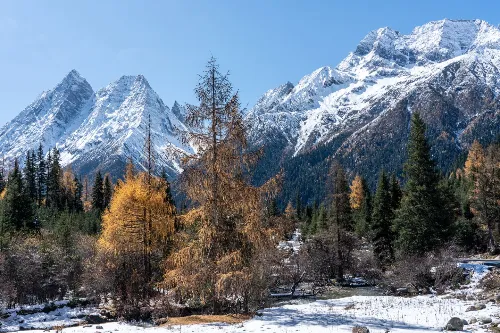

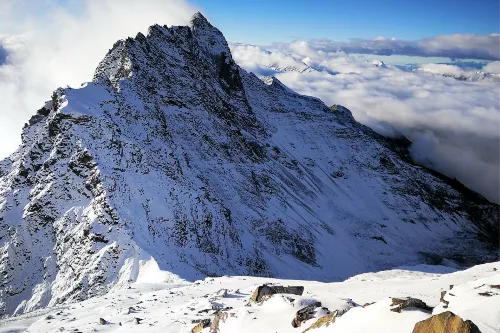
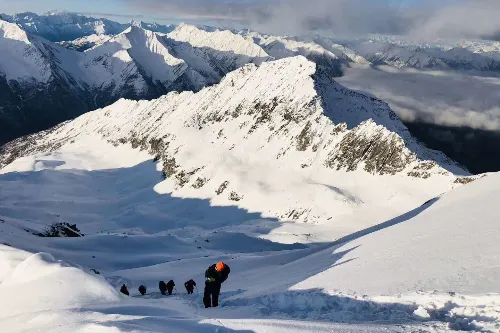
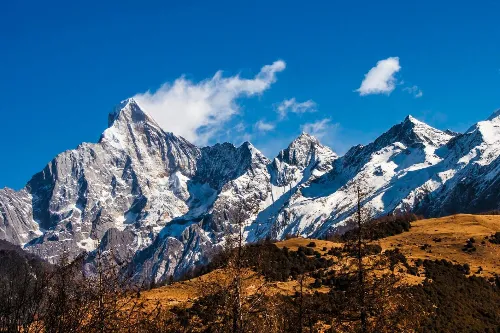
Shuangqiao Valley
Shuangqiao Valley is the most well-developed valley in the Mount Siguniang Scenic Area, with a total length of 34.8 kilometers and an area of 216.6 square kilometers. Both sides of the valley are mountains, each with distinct features, and scenic spots can be found everywhere, each with its own charm. Dominated by snow-capped peaks, pastures, meadows, and forests, it is the most beautiful valley in Mount Siguniang. The scenic area is divided into three sections, with over 20 developed attractions, allowing visitors to see more than a dozen snow-capped mountains above 4,000 meters.
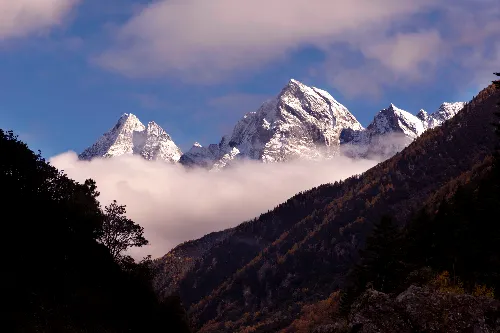

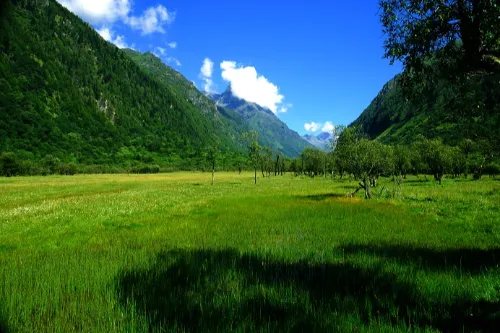

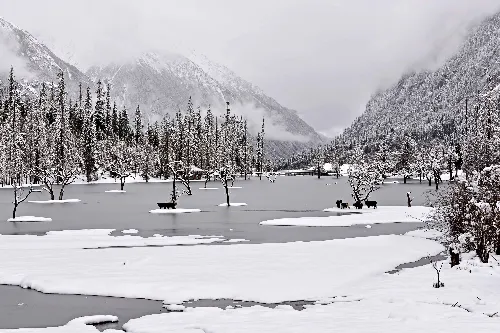
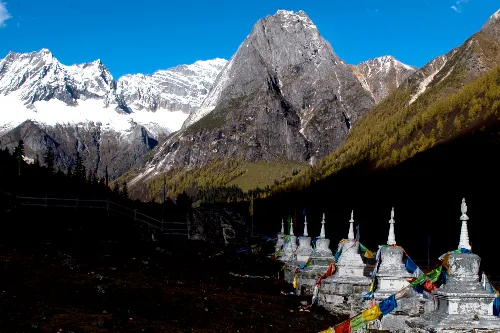
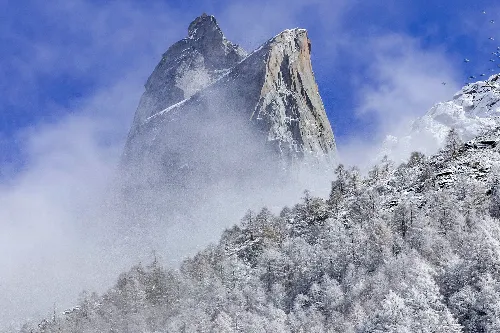
Changping Valley
Changping Valley has a total length of 29 kilometers and an area of approximately 100 square kilometers, making it one of the main scenic areas in Mount Siguniang. The valley not only features beautiful natural scenery but also preserves many relics of ancient battlefields, such as the Tang-Tubo Ancient Road and Lama Temples. It is a paradise for hiking enthusiasts. The 70-kilometer route from the valley entrance to Bipenggou Valley allows hikers to enjoy beautiful views of snow-capped mountains, forests, meadows, and streams, and is regarded as one of China's top ten classic hiking routes.

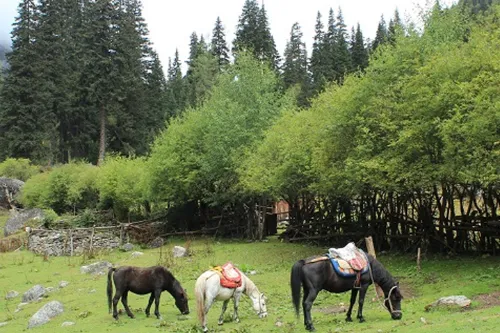
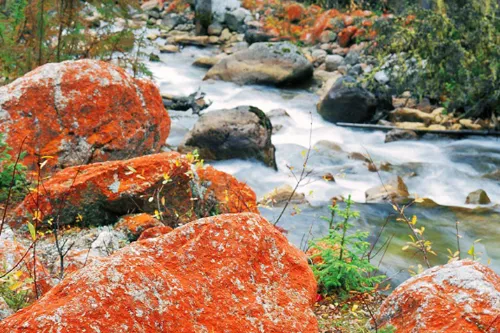
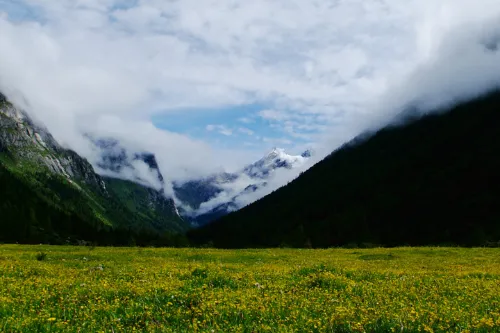
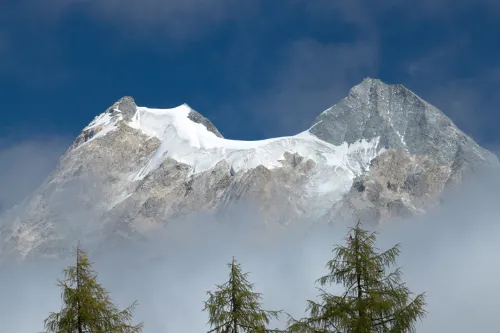
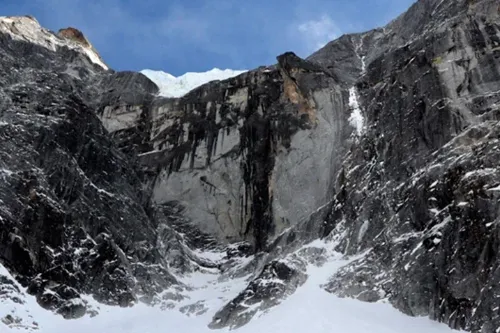
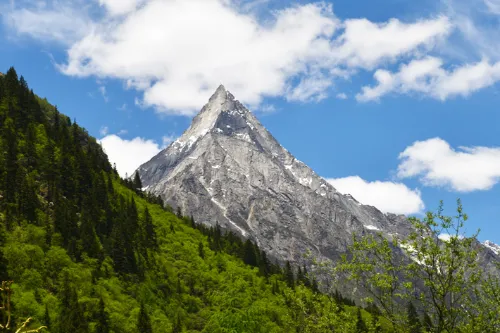
Haizi Valley
Haizi Valley (meaning "Valley of Lakes") has a total length of 19.2 kilometers and an area of 126.48 square kilometers. It gets its name from the numerous alpine lakes ("Haizi" in Chinese) within it. There are more than 10 alpine lakes here, including Huahai Lake, Fuhai Lake, Baihai Lake, Lanhai Lake, and Huanghai Lake. The lakes have crystal-clear water, reflecting the surrounding snow-capped mountains and forests, creating a fairyland-like scene. As the most primitive valley in the Mount Siguniang Scenic Area, Haizi Valley is suitable for tourists who enjoy adventure and camping.
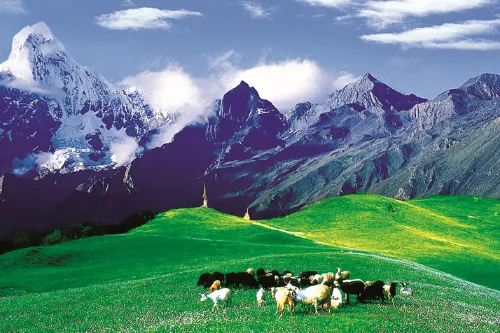
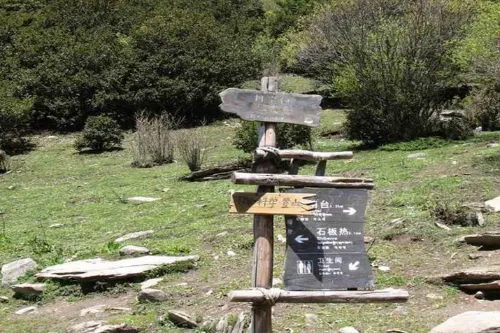
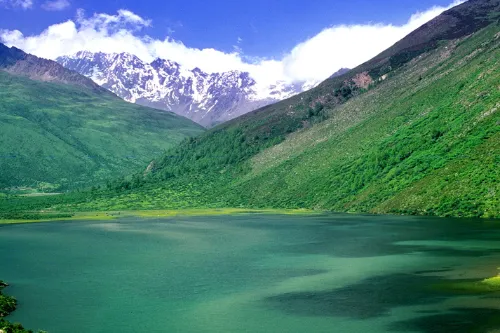
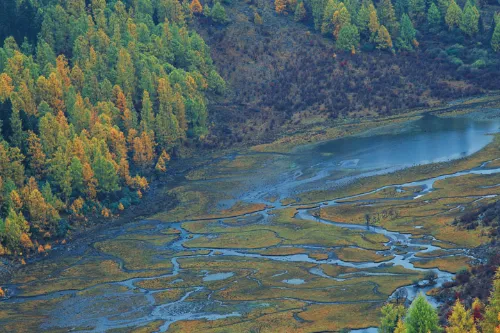
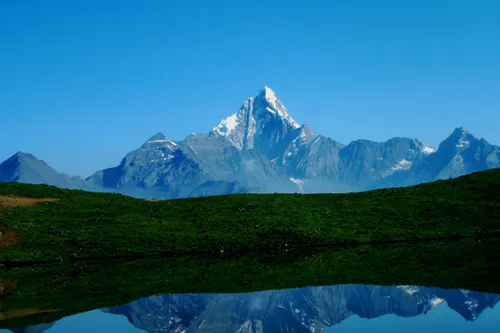
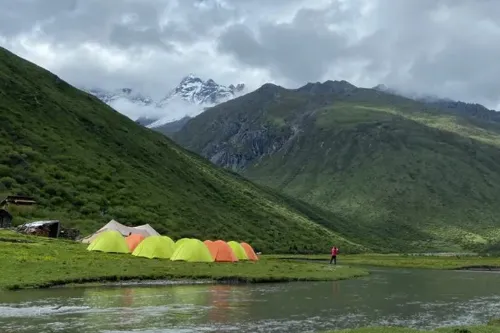
Tour Routes
Based on visitors' available time and interests, the following tour routes are recommended:
One-Day Tour
It is recommended to visit Shuangqiao Valley, the most well-developed valley in the Mount Siguniang Scenic Area. With concentrated attractions and convenient transportation, it is suitable for visitors with limited time. Tourists can take a sightseeing bus to explore the attractions in the valley, and the whole trip takes about 6-8 hours.
Two-Day Tour
Visit Shuangqiao Valley on the first day and Changping Valley on the second day. Changping Valley is a paradise for hiking enthusiasts; tourists can choose to explore the valley's attractions on foot or by horseback, with the entire journey taking approximately 6-8 hours.
Three-Day Tour
On the first day, visit Shuangqiao Valley; on the second day, explore Changping Valley; and on the third day, tour Haizi Valley. As the most primitive valley in the Mount Siguniang Scenic Area, Haizi Valley is ideal for tourists who enjoy adventure and camping. Visitors can opt to hike or ride horses to see the attractions in the valley, and the full trip takes around 6-8 hours.
Through-Hiking Route
The Mount Siguniang Scenic Area also features a classic through-hiking route: the Changping Valley - Bipenggou Valley Crossing. The entire route is approximately 70 kilometers long and takes 3-4 days to complete. Along the way, hikers can enjoy stunning views of snow-capped mountains, forests, meadows, and streams. As one of China's top ten classic hiking routes, it is suitable for visitors with certain hiking experience.
Travel Tips
- Check the weather forecast in advance and choose an appropriate time to visit the Mount Siguniang Scenic Area. The best travel seasons for the scenic area are spring and autumn, when the weather is clear and the scenery is pleasant.
- Take preventive measures against altitude sickness in advance, such as taking altitude sickness medication beforehand and avoiding strenuous exercise. The Mount Siguniang Scenic Area is located at a relatively high altitude, generally above 3,000 meters, and some attractions are over 4,000 meters above sea level, making tourists prone to altitude sickness.
- Wear comfortable shoes and clothing, and prepare sun protection products and rain gear. There are many hiking routes in the Mount Siguniang Scenic Area, so comfortable shoes are essential; the weather in the scenic area is changeable and ultraviolet radiation is strong, so sun protection products and rain gear are also necessary.
- Respect the local customs, traditions, and religious beliefs, and do not touch local cultural relics or historical sites at will. The Mount Siguniang area is a settlement of the Jiarong Tibetans, so tourists should respect the local customs, traditions, and religious beliefs.
- Abide by the rules and requirements of the scenic area, do not litter randomly, and maintain the environmental hygiene of the scenic area. As a national nature reserve, the Mount Siguniang Scenic Area requires tourists to comply with its rules and protect its ecological environment.
Notes
- The scenic area is at a high altitude, generally above 3,000 meters, and some attractions are over 4,000 meters above sea level, so tourists are likely to experience altitude sickness. It is recommended that tourists take preventive measures in advance, such as taking altitude sickness medicine and avoiding strenuous exercise.
- The weather in the scenic area is changeable and ultraviolet rays are strong, so tourists need to prepare sun protection products and rain gear. At the same time, the temperature difference between day and night in the scenic area is large, so tourists should pay attention to keeping warm.
- There are many hiking routes in the scenic area, and some routes are relatively difficult. Tourists should choose a suitable route based on their physical strength and experience. In addition, tourists should make full preparations before hiking, such as learning about the route and preparing necessary equipment.
- Mobile phone signals are weak in some areas of the scenic area, so tourists should make communication and arrangement plans in advance. Meanwhile, tourists should pay attention to safety and not enter undeveloped areas without permission.
- The catering and accommodation conditions in the scenic area are relatively basic, so tourists should be mentally prepared. At the same time, tourists should choose formal catering and accommodation venues to ensure food safety and accommodation safety.
Transportation
- External Transportation:
- By Air: Tourists can first take a flight to Chengdu Shuangliu International Airport or Chengdu Tianfu International Airport, then transfer to a bus or chartered car to reach the Mount Siguniang Scenic Area.
- By Bus: There are direct buses from Chengdu Chadianzi Coach Station to the Mount Siguniang Scenic Area, with one bus departing at 7:30 a.m. and another at 8:30 a.m. every day. The journey takes about 5 hours.
- By Chartered Car: Tourists can charter a car in Chengdu to go to the Mount Siguniang Scenic Area. The journey takes about 5 hours, and the cost depends on the type of car and the number of passengers.
- Internal Transportation:
- Sightseeing Bus: There are sightseeing buses in Shuangqiao Valley and Changping Valley, which tourists can take to visit the attractions in the valleys.
- Horseback Riding: Horseback riding is available for touring Changping Valley and Haizi Valley. Tourists can rent horses and hire guides at the valley entrances.
- Hiking: There are many hiking routes in the Mount Siguniang Scenic Area, and tourists can choose to hike to explore the attractions in the valleys.
Opening Hours
The Mount Siguniang Scenic Area is open year-round, with specific opening hours as follows:
- Peak Season (April 1st - November 30th): 7:00 - 17:30
- Off-Season (December 1st - March 31st of the following year): 8:00 - 17:00
The scenic area implements an appointment-based ticket purchase system. Tourists need to book tickets in advance through the official website or WeChat official account and enter the scenic area according to the reserved time.
Tickets
Tickets for the Mount Siguniang Scenic Area are charged by attraction, with specific prices as follows:
Shuangqiao Valley + Sightseeing Bus: 150 RMB per person
Changping Valley + Sightseeing Bus: 90 RMB per person
Haizi Valley: 60 RMB per person
Tourists can search for the scenic area's official WeChat public account "四姑娘山景区" to get the latest updates or purchase tickets online.
Online Booking
Click here to jump to the Trip.com ticketing platform for ticket purchase.


